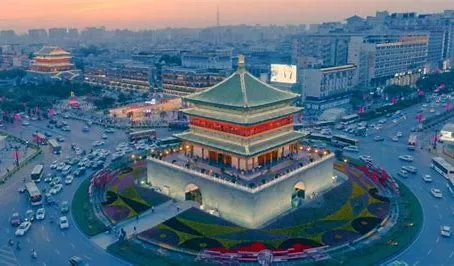On this page
Xi'an, also known as Chang'an, is the capital of Shaanxi Province in northwestern China. It is an ancient city with a history spanning more than 3,100 years and was once the capital of 13 dynasties in Chinese history. Xi'an is renowned for its rich cultural heritage, historical sites, and as the starting point of the Silk Road.
Furthermore, Xi'an is famous for its cuisine, particularly for its street food and Shaanxi-style snacks. Local delicacies include roujiamo (a type of hamburger), biangbiang noodles, and the famous Xi'an-style lamb skewers.
This article will introduce 10 must-visit iconic spots for travelers who visit Xi'an for the first time.
Terracotta Army
The Terracotta Army, also known as the Terracotta Warriors and Horses, is an assemblage of clay sculptures depicting the armies of Qin Shi Huang, the first Emperor of China. It is located near Xi'an, the capital of Shaanxi Province in northwestern China. The Terracotta Army is considered one of the most significant archaeological finds of the 20th century and is a UNESCO World Heritage Site.IT was constructed as a burial complex for Qin Shi Huang, who believed that his empire would continue in the afterlife. The construction of the army began around 246 BC and was not completed until after his death in 210 BC. The site was rediscovered by farmers in 1974 while they were digging a well.
The Terracotta Army is estimated to contain around 8,000 soldiers, 130 chariots with 520 horses, and 150 cavalry horses. Each soldier is unique, with different hairstyles, facial expressions, and armor, indicating that they were crafted by skilled artisans. The horses and chariots are also intricately detailed, showcasing the advancements in metallurgy and craftsmanship during the Qin Dynasty.It's divided into three main pits: Pit 1, Pit 2, and Pit 3. Pit 1 is the largest and contains the majority of the soldiers, while Pit 2 and Pit 3 contain chariots and cavalry. The site also includes a museum where visitors can learn more about the history and significance of the Terracotta Army.
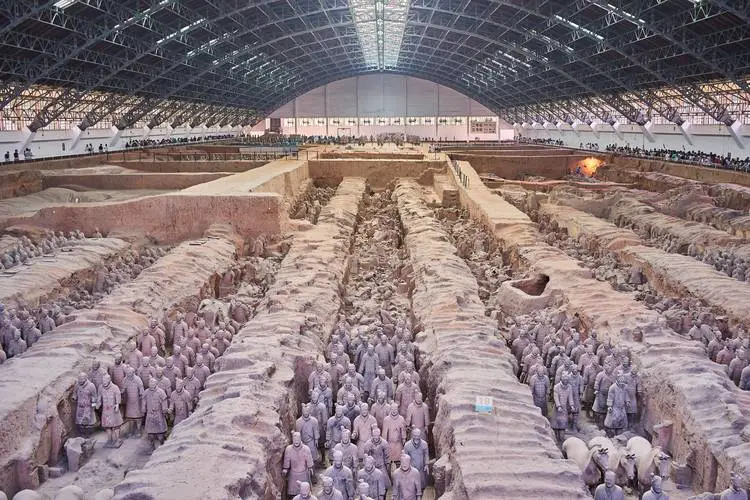
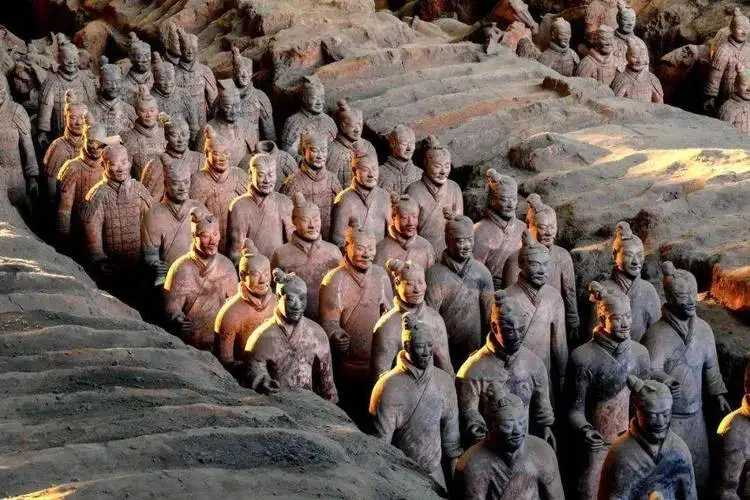
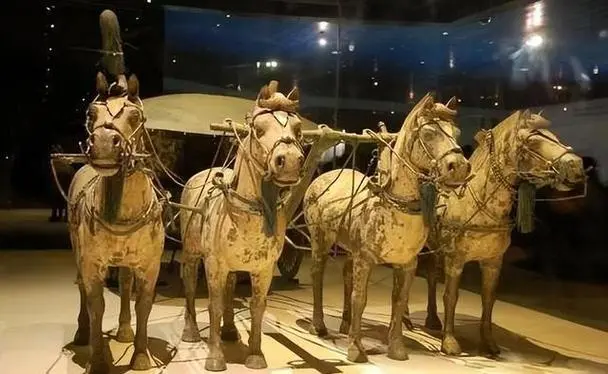
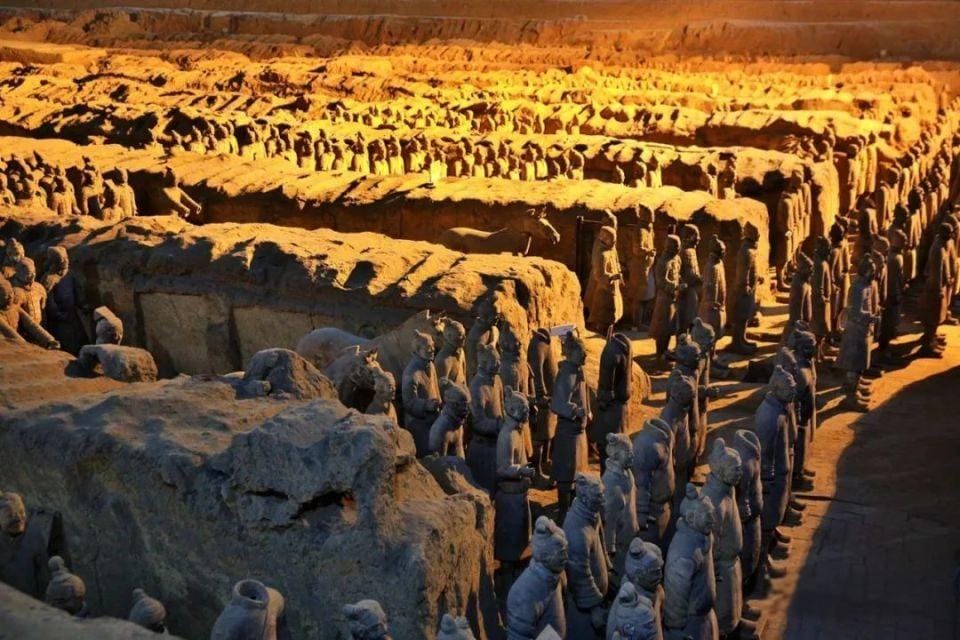
Dayan Pagoda
Dayan Pagoda, also known as Big Wild Goose Pagoda, is a Buddhist temple and monument located in Xi'an. It is one of the most famous landmarks in Xi'an and is a UNESCO World Heritage Site.
The pagoda was originally built in 652 AD during the Tang Dynasty to house sacred Buddhist texts and statues brought back from India by the famous monk Xuanzang. Xuanzang's journey is celebrated in the classic Chinese novel "Journey to the West."Dayan Pagoda is a square-shaped brick structure with five stories, standing 64 meters tall. The pagoda is an architectural marvel, featuring intricate brickwork, carved stone sculptures, and a series of Buddha statues. It has been rebuilt several times throughout its history due to earthquakes and other natural disasters.
The pagoda is surrounded by a spacious courtyard, which includes a variety of cultural and historical exhibits. Visitors can climb the pagoda's stairs to enjoy panoramic views of Xi'an and the surrounding area.Dayan Pagoda is not only a place of worship but also a significant cultural and historical site. It is a symbol of the rich Buddhist heritage and the cultural exchange between China and India during the Tang Dynasty. The pagoda is a popular destination for tourists and locals alike, offering a glimpse into the history and culture of Xi'an and China.
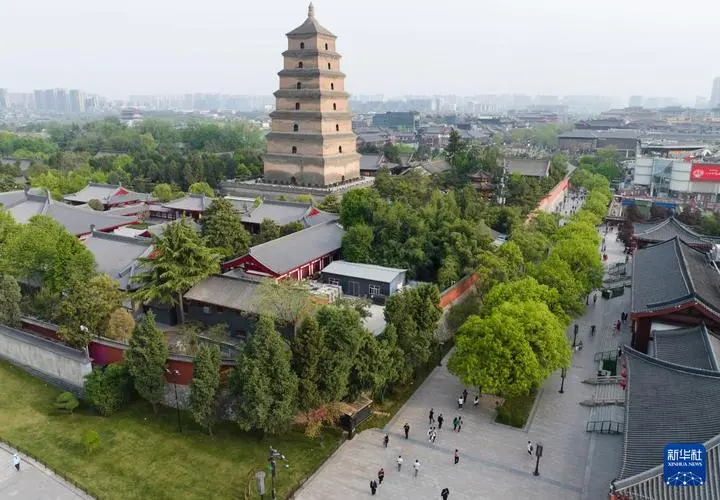
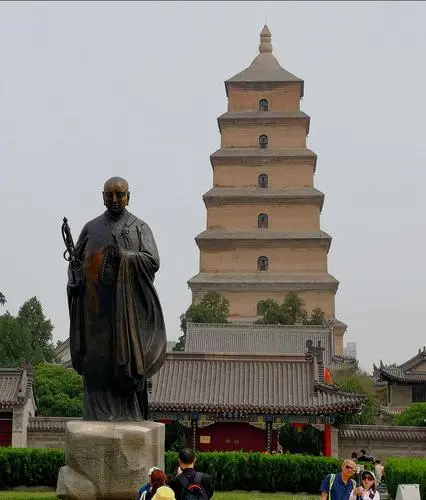
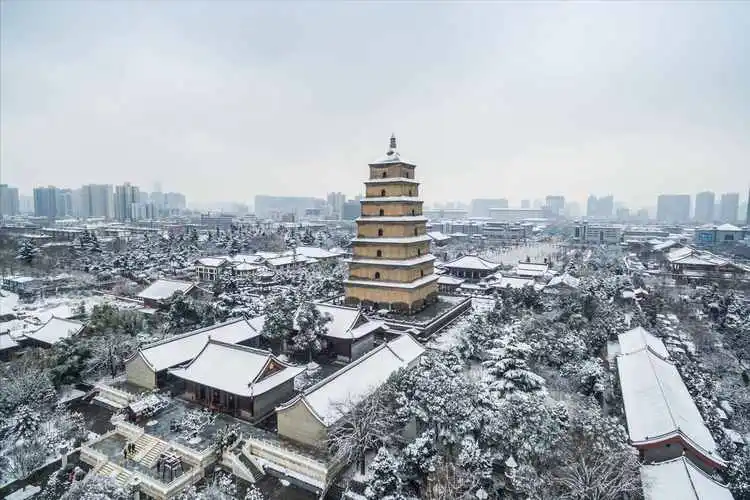
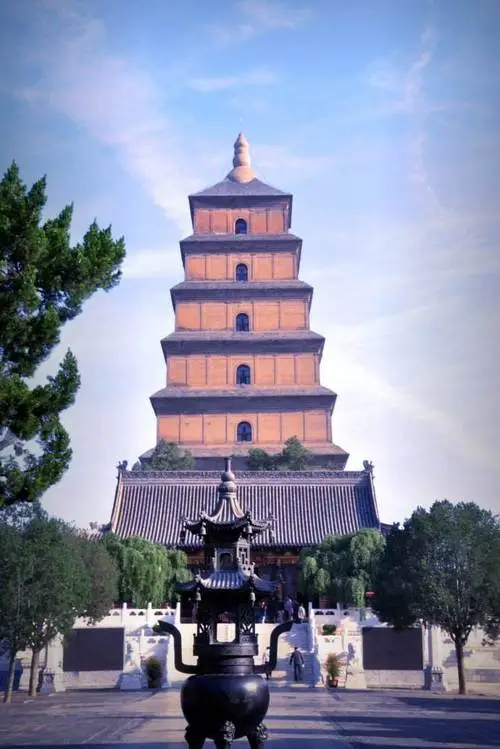
Yongning Gate
Yongning Gate, also known as the South Gate, is one of the four main gates of the ancient city walls of Xi'an, China. It is located in the southern part of the city, near the Xi'an Railway Station. The city walls of Xi'an are a significant historical and cultural landmark, being one of the largest and best-preserved city walls in China, dating back to the Ming Dynasty.
Yongning Gate is known for its impressive architectural design and historical significance. It features a grand gatehouse with traditional Chinese architectural elements, including upturned eaves, ornate carvings, and intricate stone work. The gate is surrounded by a moat and is flanked by watchtowers and battlements, which were used for defense in ancient times.

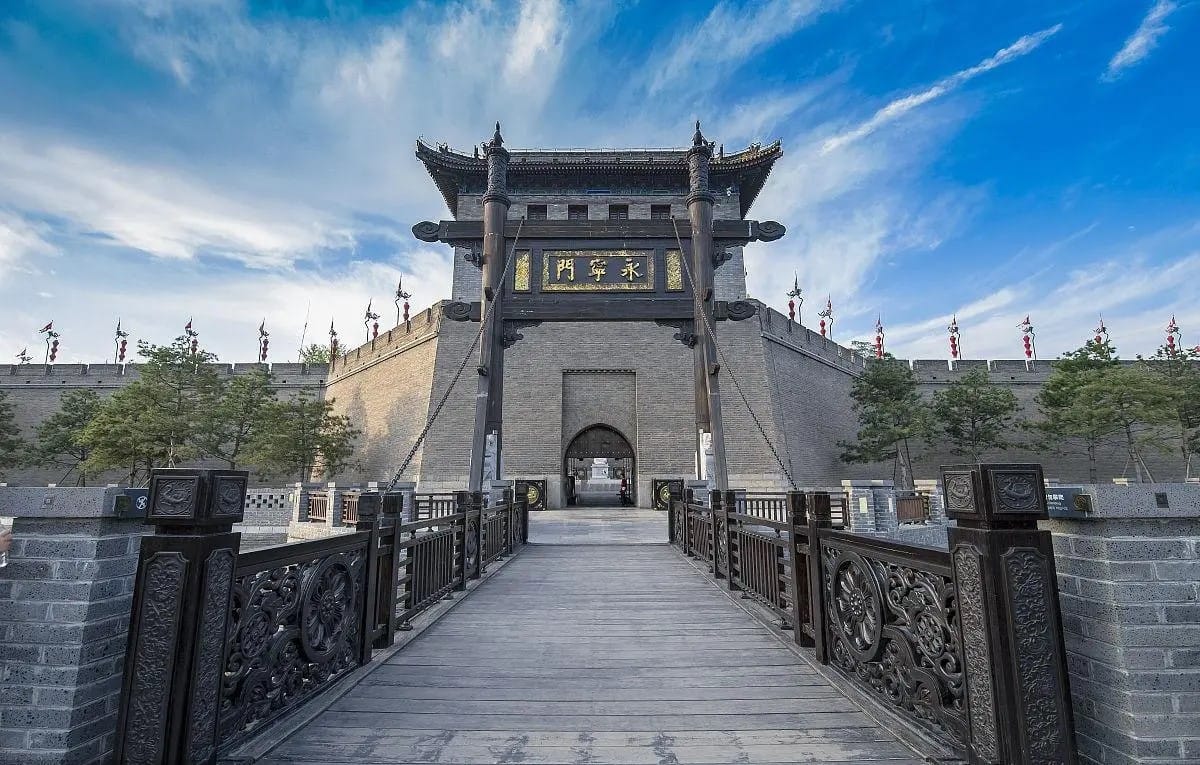
Ancient City Walls
The ancient city walls of Xi'an, also known as Xi'an City Wall, are a prominent historical and cultural landmark. The city walls were originally constructed during the Tang Dynasty and have undergone numerous renovations and expansions throughout history. The current walls were largely built during the Ming Dynasty and are considered to be one of the largest and best-preserved city walls in China.
The ancient city walls of Xi'an stretch for approximately 13.7 kilometers and encircle the city. They are made of rammed earth and are approximately 12 meters high and 15 meters wide at the base. The walls are surrounded by a moat and are flanked by watchtowers and battlements, which were used for defense in ancient times.
The ancient city walls of Xi'an are not only a significant historical site but also a popular tourist attraction. Visitors can explore the walls on foot or by bicycle, offering panoramic views of the city and the surrounding area. The walls also host various cultural events and performances throughout the year, adding to the vibrant and dynamic atmosphere of the area.
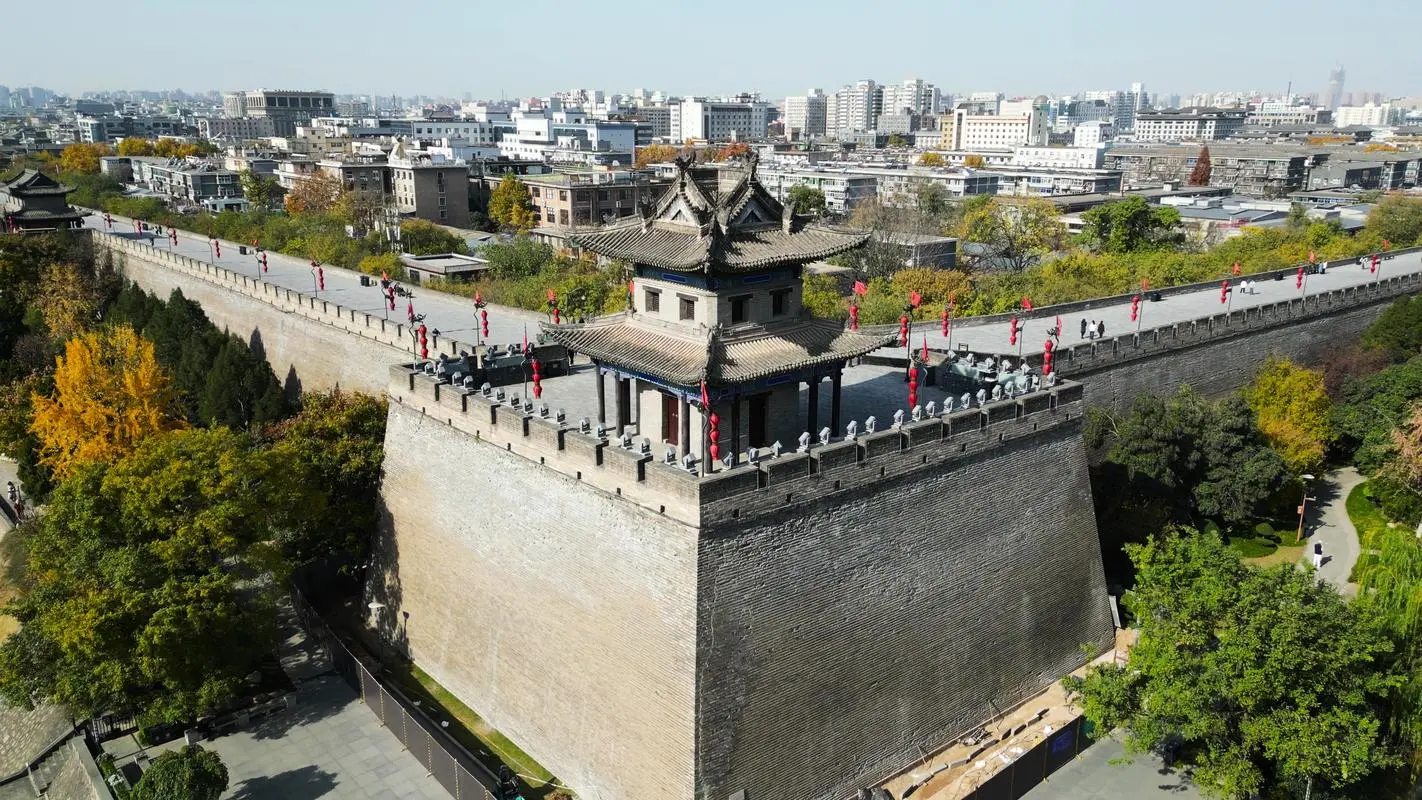
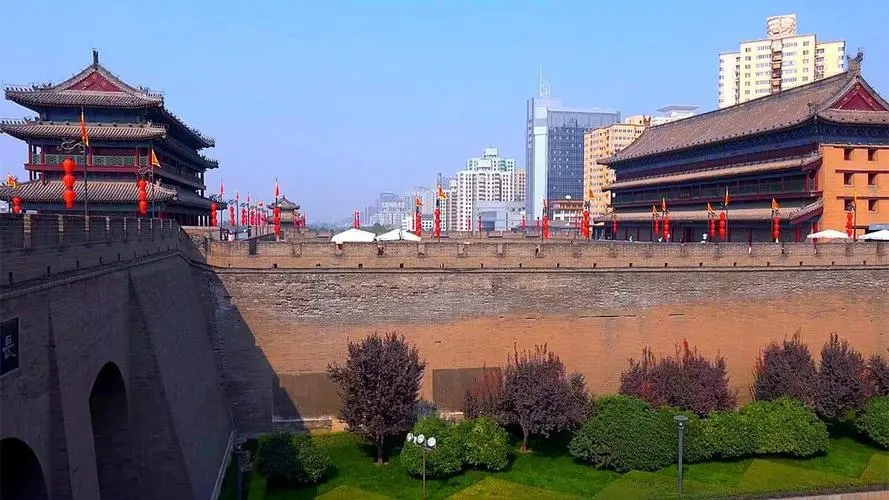
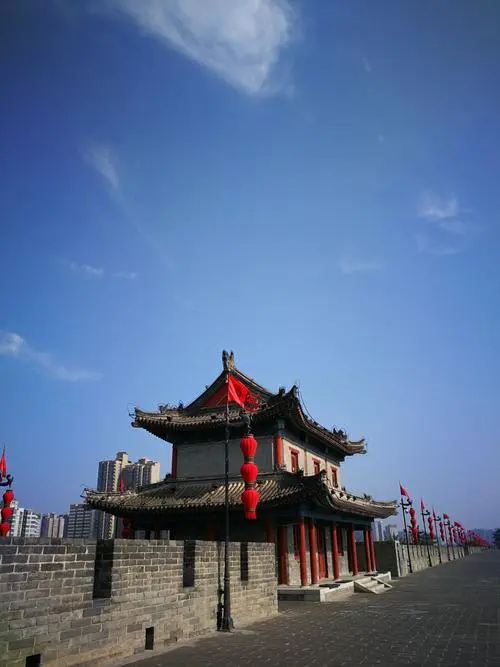
Ci'en Temple
Ci'en Temple is a Buddhist temple located in Xi'an, Shaanxi Province, China. The temple is known for its historical significance and its association with the famous monk Xuanzang, who is celebrated in the classic Chinese novel "Journey to the West."
Ci'en Temple was originally built in 648 AD during the Tang Dynasty, near the ancient city walls of Xi'an. The temple was constructed to house the sacred Buddhist texts and statues that Xuanzang brought back from India. Xuanzang's journey is a central theme in "Journey to the West," which tells the story of his adventures and the obstacles he faced on his journey to retrieve Buddhist scriptures.
Ci'en Temple features traditional Chinese architectural elements, including upturned eaves, ornate carvings, and intricate stone work. The temple complex includes various halls, pagodas, and gardens, which are adorned with a variety of Buddha statues and other religious artifacts.
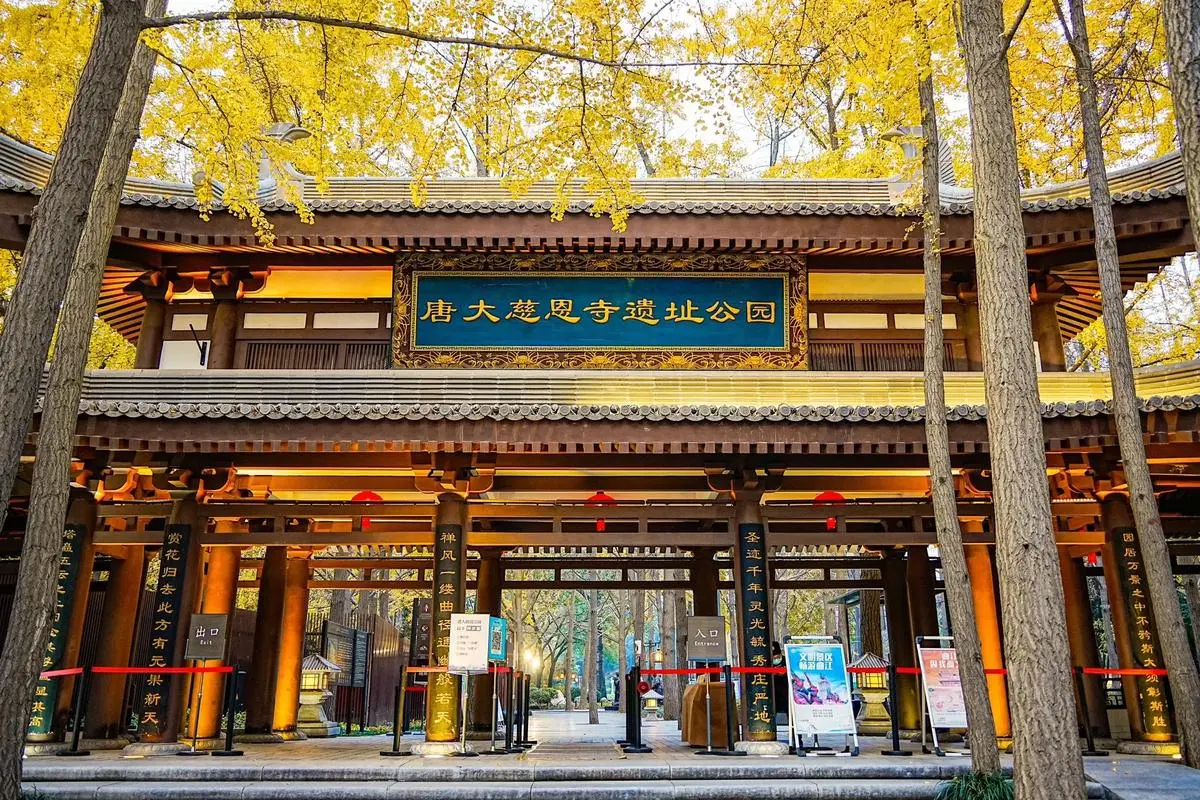
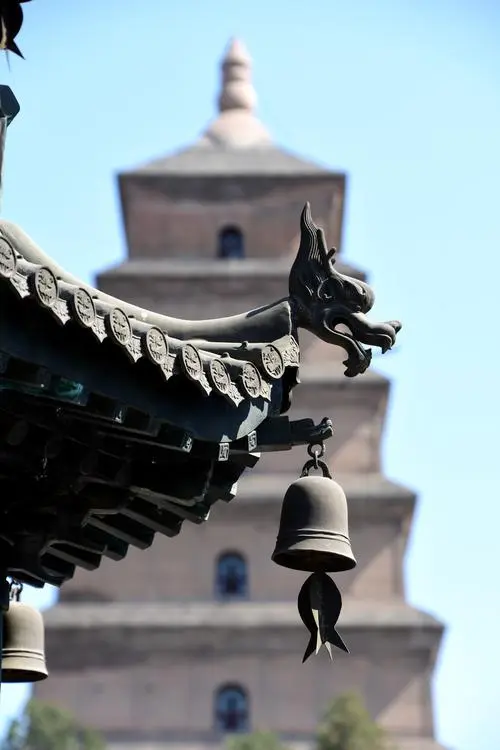
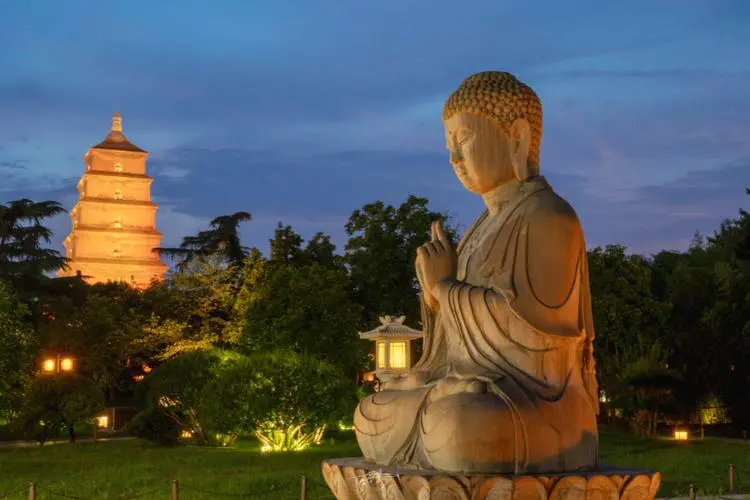
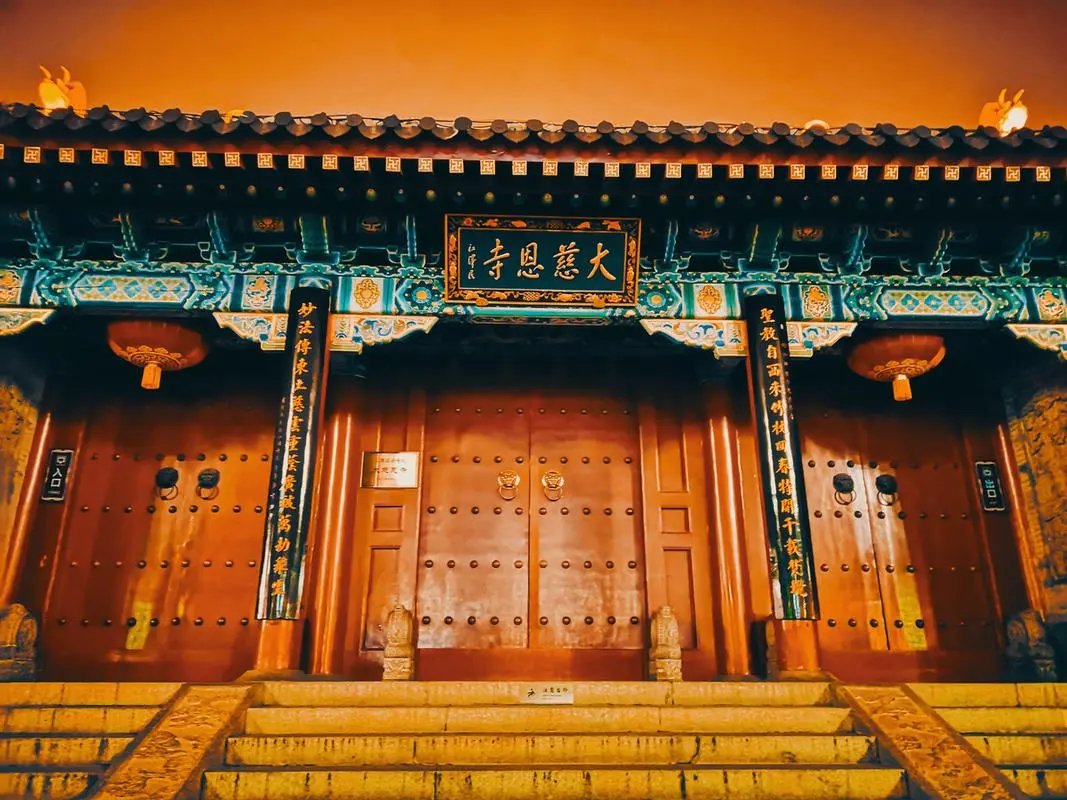
Great Tang Mall
The Great Tang Mall, also known as Datang Nocturnal City, is a large-scale shopping and entertainment complex located in Xi'an. The mall is designed to evoke the grandeur and prosperity of the Tang Dynasty, one of the most influential and prosperous periods in Chinese history.
The Great Tang Mall is known for its unique architectural style, which blends traditional Chinese elements with modern design. The complex features a series of pagodas, pavilions, and arches, adorned with intricate carvings and traditional Chinese patterns. The buildings are constructed with red and gold colors, which are symbolic of prosperity and good fortune in Chinese culture.
The mall is not only a shopping destination but also a vibrant cultural and social hub. It hosts various cultural events, festivals, and performances throughout the year, including traditional Chinese music, dance, and martial arts demonstrations. The mall also features a variety of restaurants, cafes, and bars, offering a wide range of dining options.
It's a popular destination for tourists and locals alike, offering a unique blend of shopping, dining, and cultural experiences. It is a must-visit destination for anyone interested in exploring the rich history and vibrant culture of Xi'an and China.
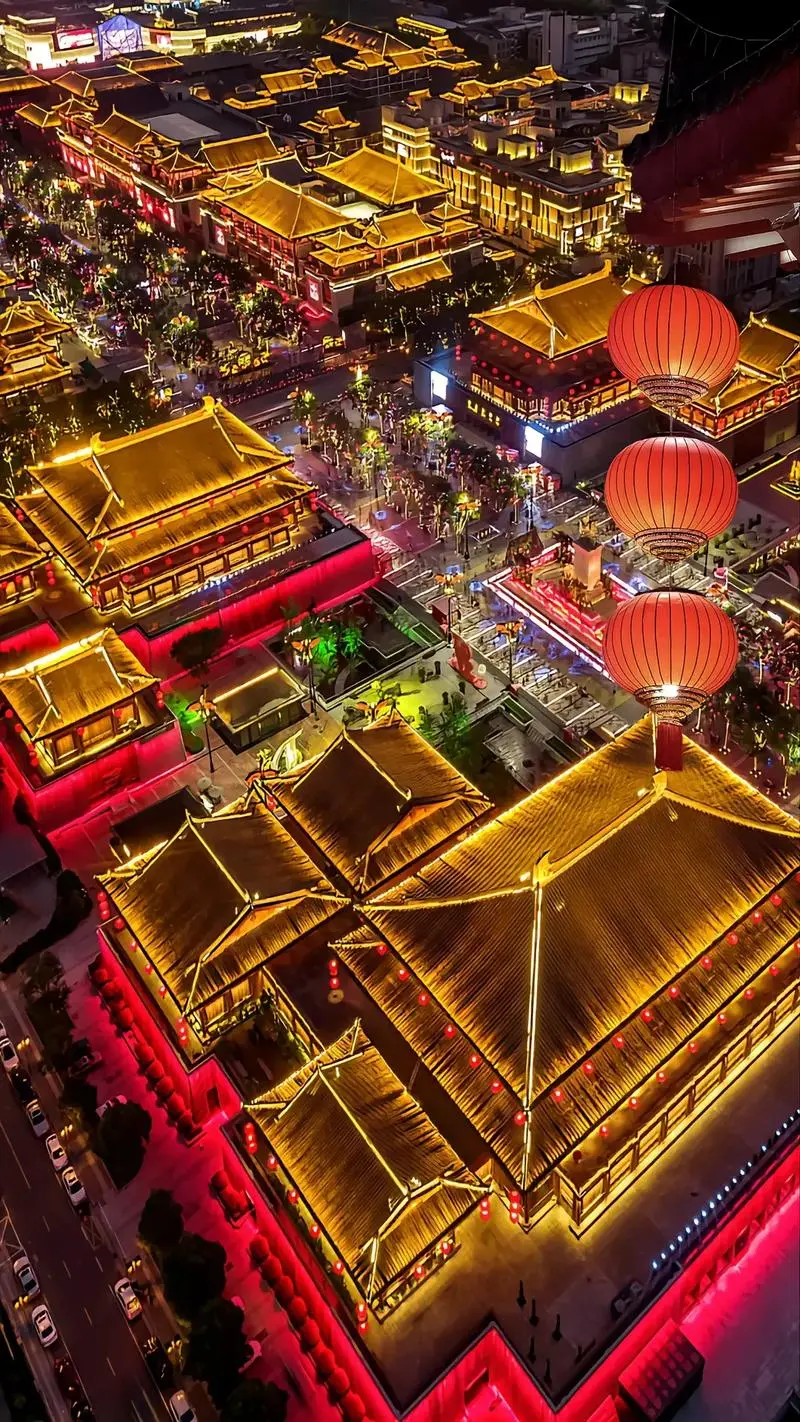
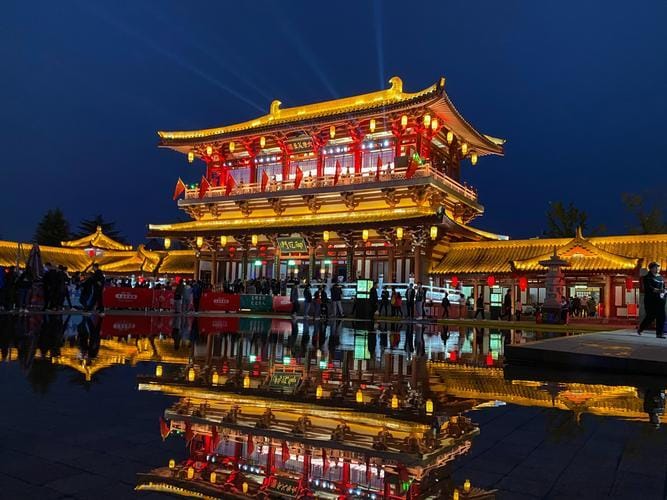
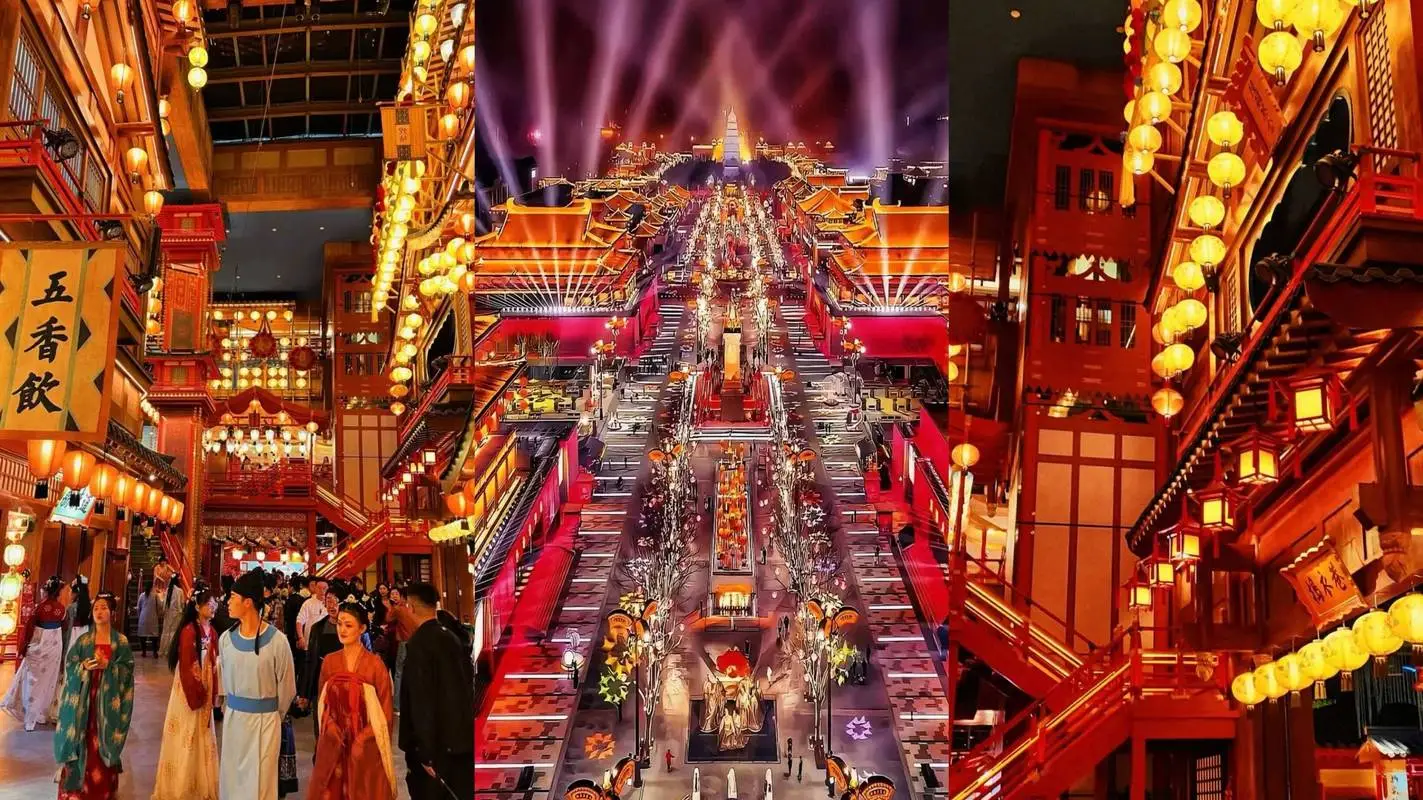
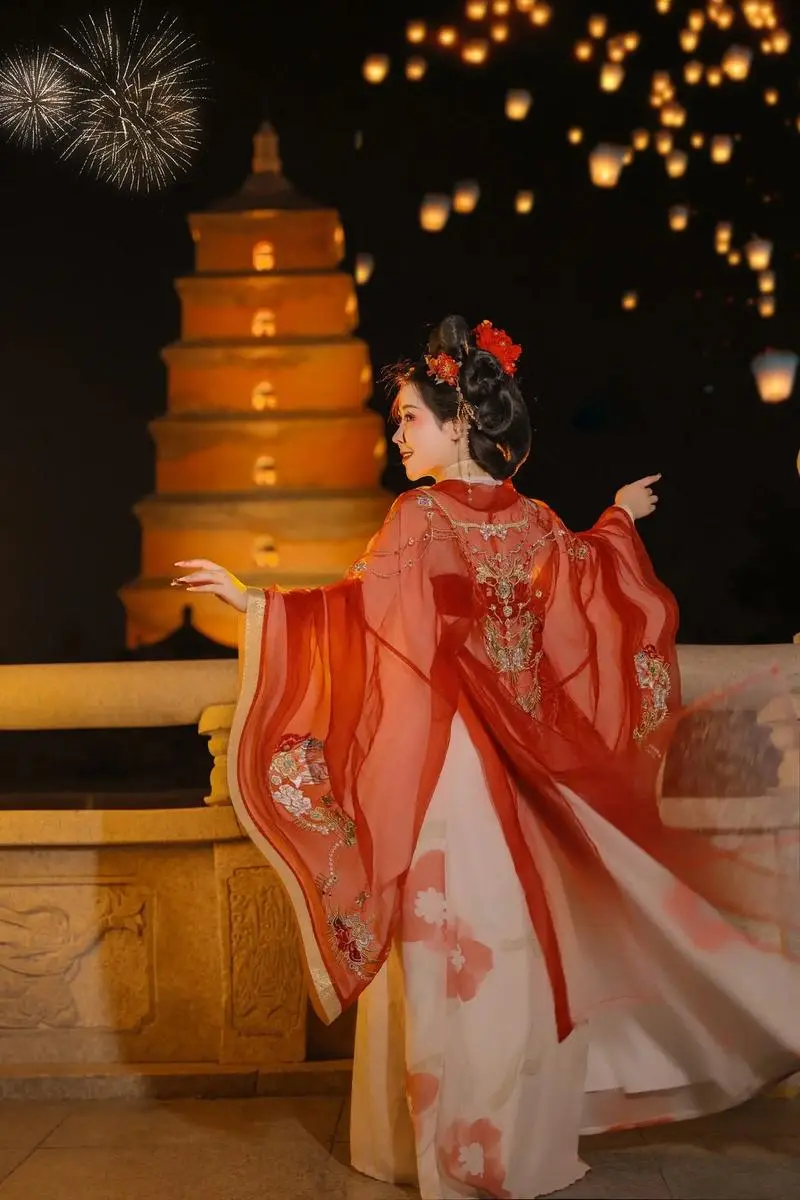
The Bell Tower & The Drum Tower
The Bell Tower and the Drum Tower are two of the most iconic landmarks in Xi'an, both standing as historic and architectural treasures of the city.
The Bell Tower, also known as Xi'an Bell Tower, is located in the center of Xi'an's city walls. It was built during the Ming Dynasty in 1384 AD, and it served as a central location for the city's alarm system. The tower was used to signal the start of the day and to announce important events. The Bell Tower is known for its octagonal shape and traditional Chinese architectural style, featuring upturned eaves, ornate carvings, and intricate stone work.
The Drum Tower, also known as Xi'an Drum Tower, is located just west of the Bell Tower. It was built during the same period as the Bell Tower, around 1380 AD. The Drum Tower was used to signal the end of the day and to announce the time. It is also known for its octagonal shape and traditional Chinese architectural style, with similar features to the Bell Tower.
Both the Bell Tower and the Drum Tower are significant historical and cultural sites in Xi'an. They represent the rich history and architectural heritage of the city. Visitors can climb the towers to enjoy panoramic views of the surrounding area and learn about the history and significance of these ancient structures. The towers are also vibrant cultural and social hubs, hosting various cultural events and performances throughout the year.
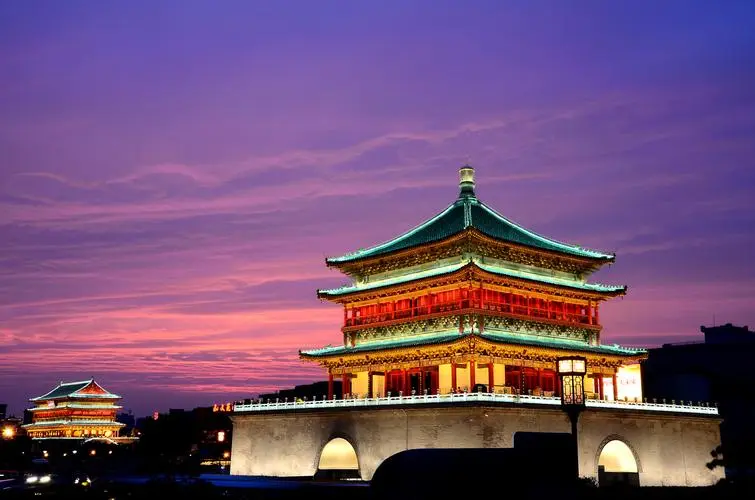
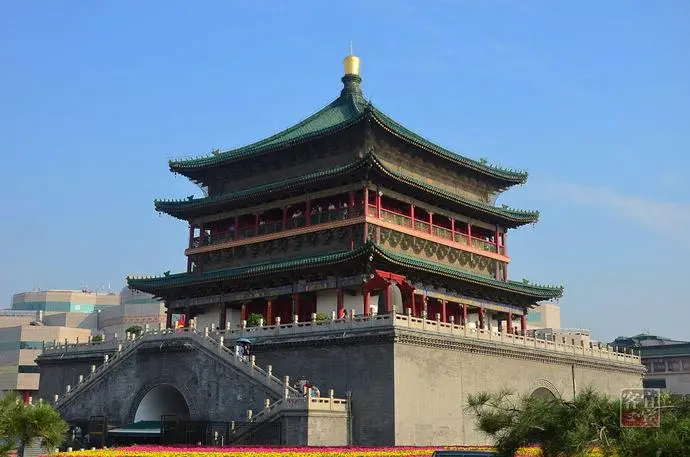
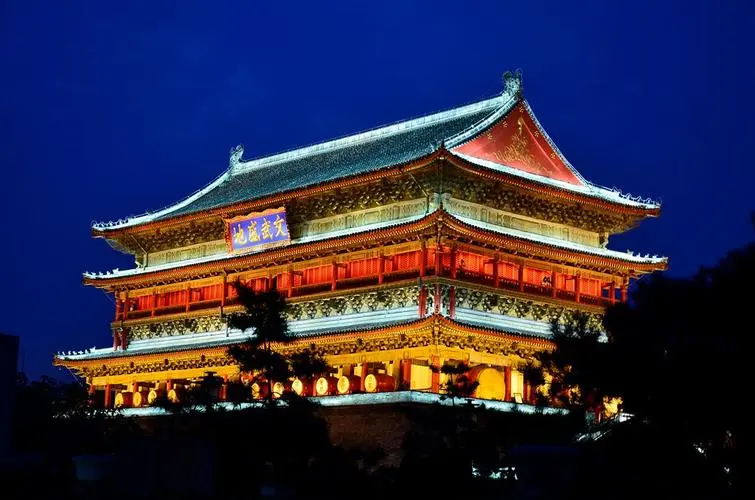
GuangRen Lama Temple
Guangren Lama Temple, also known as Guangren Temple or the Guangren Monastery, is a Buddhist temple located in Xi'an. The temple is known for its historical significance and its unique architectural style, which combines elements of Tibetan and Chinese Buddhism.
Guangren Lama Temple was originally built in 1692 during the Qing Dynasty, near the ancient city walls of Xi'an. The temple was constructed to house Tibetan Buddhist monks and to serve as a center for Tibetan Buddhist practices and teachings in the region.
The temple features a series of halls, pagodas, and gardens, which are adorned with a variety of Tibetan and Chinese Buddhist statues, paintings, and other religious artifacts. The temple complex includes a large prayer hall, where monks perform religious rituals and prayers.
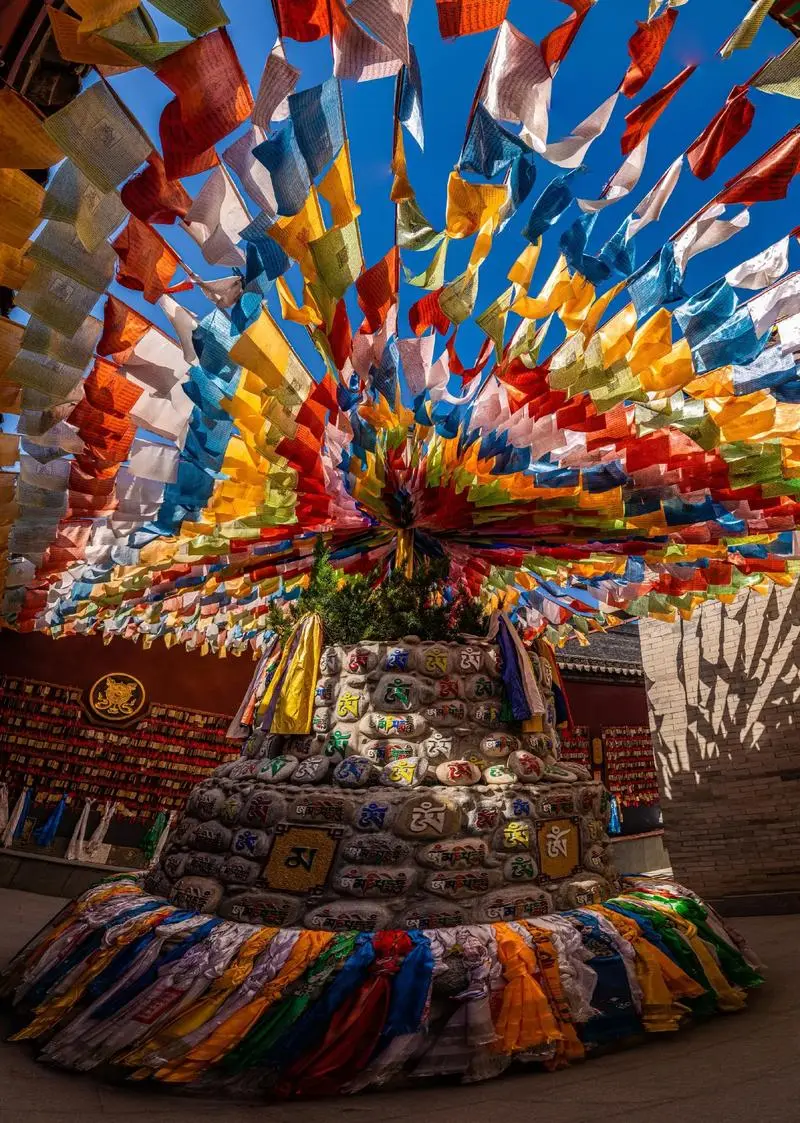
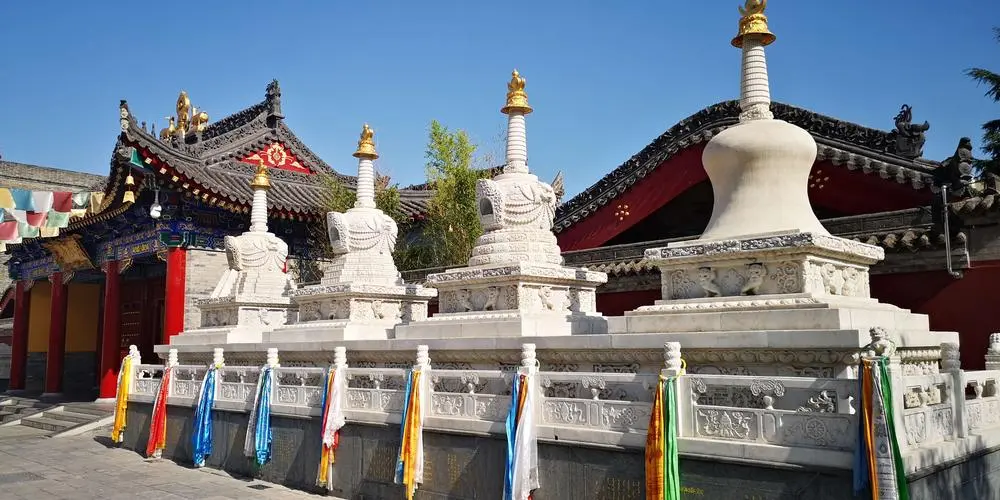
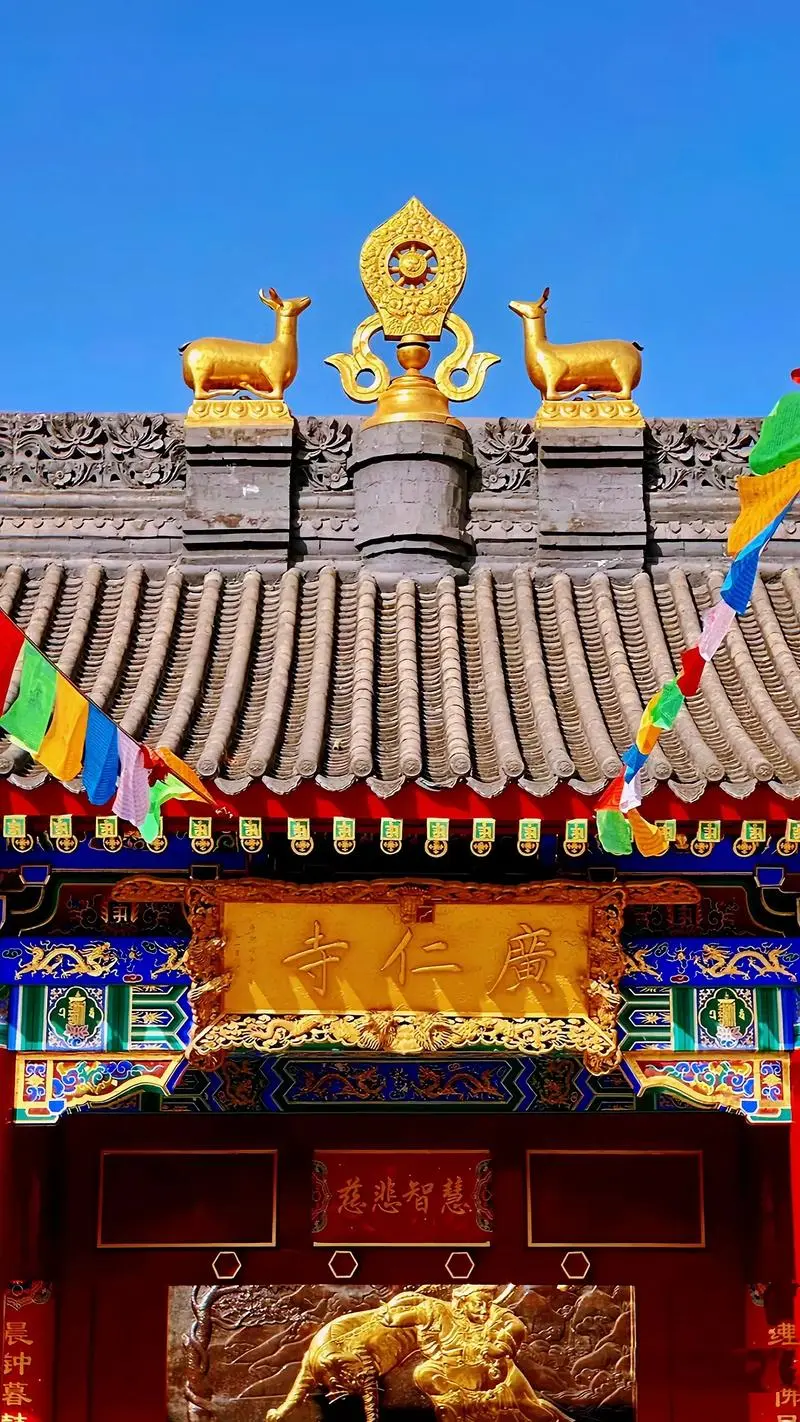
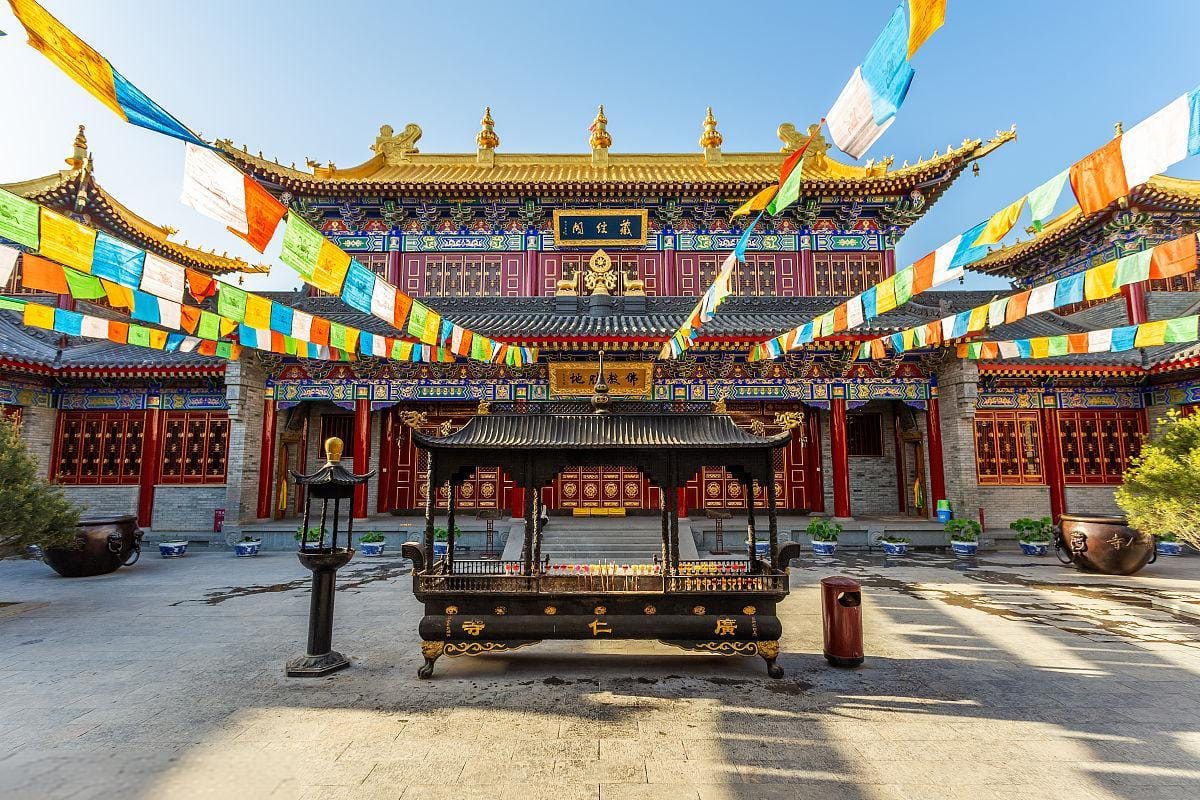
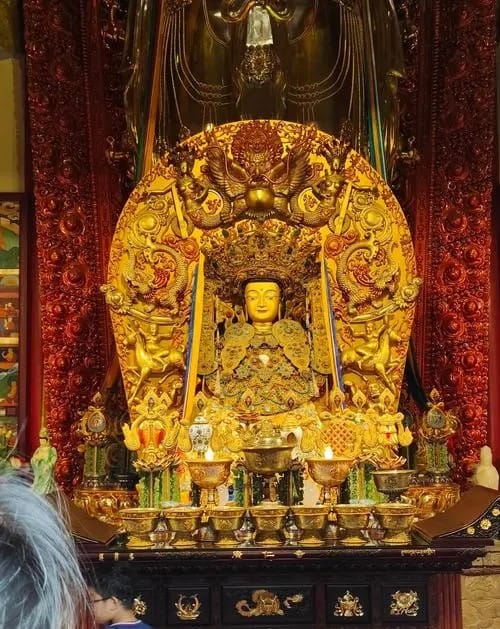
The Muslim Quarter
The Muslim Quarte is a historic and culturally rich area known for its vibrant Muslim community and diverse culinary offerings. The quarter is situated within the walls of the ancient city of Xi'an and is one of the oldest and largest Muslim communities in China.
The Muslim Quarter is characterized by its narrow streets lined with traditional architecture, bustling markets, and a variety of food stalls and restaurants. It is a popular destination for both locals and tourists, offering a glimpse into the unique lifestyle and traditions of the local Muslim community.
The area is known for its rich culinary scene, featuring a wide range of traditional Muslim dishes, such as lamb skewers, roujiamo (a type of hamburger), and biangbiang noodles. The food stalls and restaurants in the Muslim Quarter offer a unique dining experience, with the opportunity to taste authentic and flavorful Sichuan and Shaanxi-style cuisine.
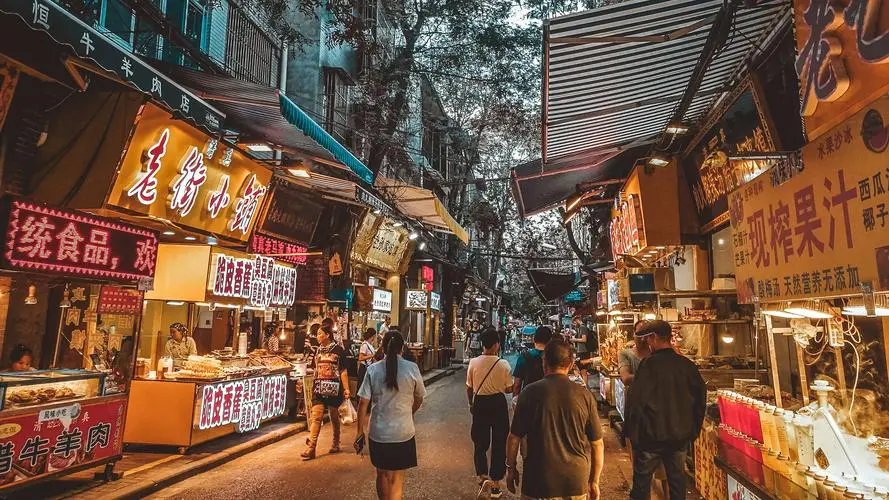
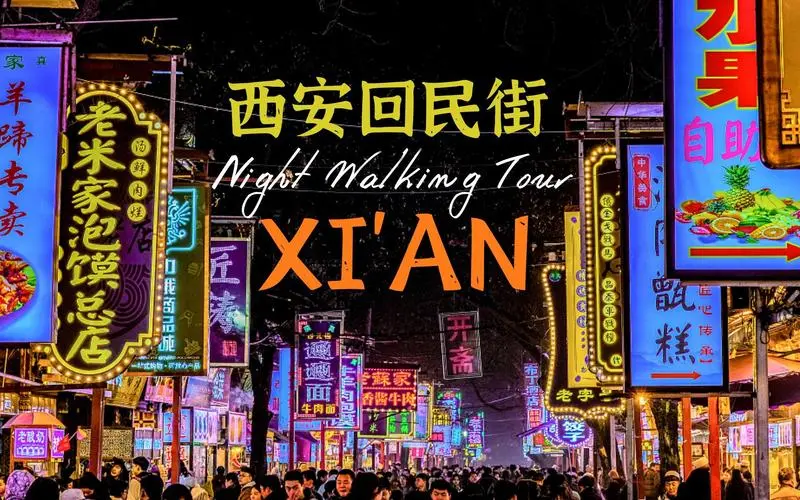
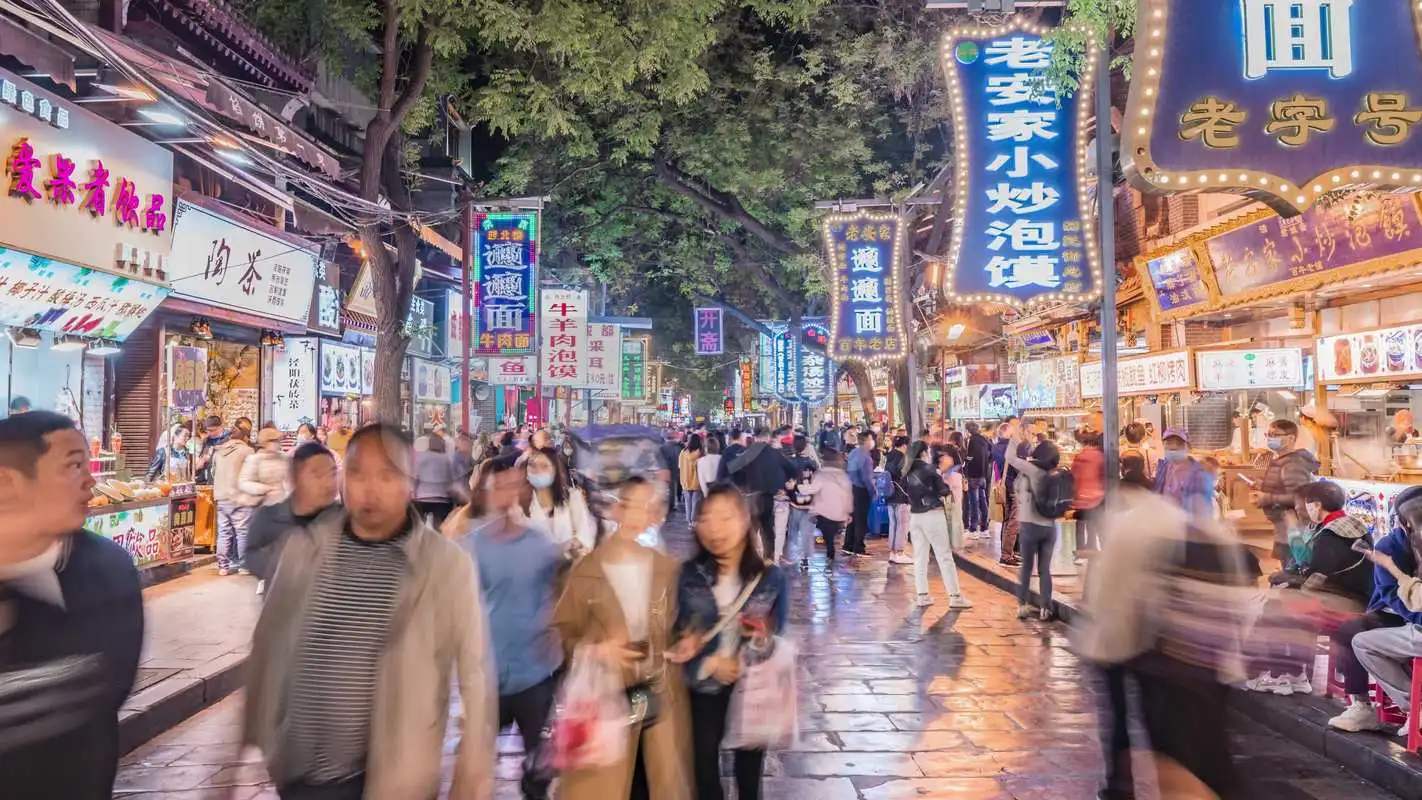
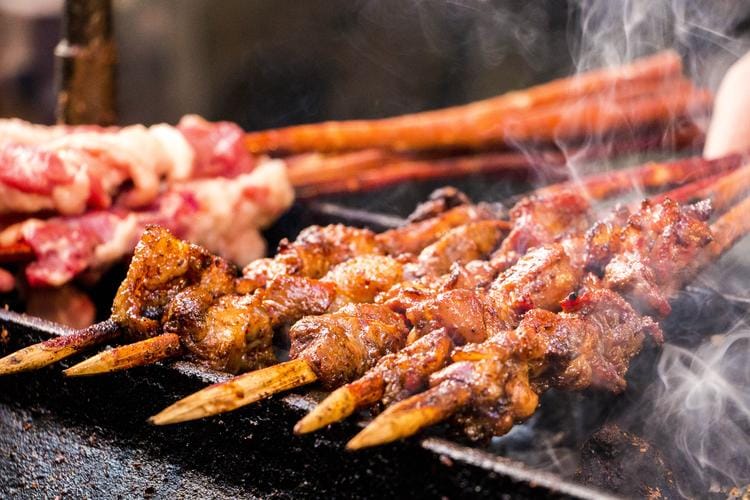


Huaqing Palace
Huaqing Palace, also known as Huaqing Hot Springs, is a historic palace complex located in Lintong District. It is situated in the Qinling Mountains and is renowned for its natural hot springs, which have been used for medicinal purposes for thousands of years.
The palace was originally built during the Tang Dynasty (618-907 AD) and was expanded and renovated during subsequent dynasties, including the Ming and Qing dynasties. The palace complex consists of a series of palaces, pavilions, gardens, and bathhouses, all built around the natural hot springs.
The palace is known for its exquisite architecture, which combines elements of Chinese and Tibetan styles. The buildings are adorned with intricate carvings, paintings, and sculptures, showcasing the artistic and architectural achievements of ancient China.
Huaqing Palace is also a significant historical site, as it has been associated with several notable figures in Chinese history. It was the site of a famous love story between Emperor Xuanzong and the Tang Dynasty's famous concubine Yang Guifei. The palace has also been visited by many other emperors and nobles throughout its history.
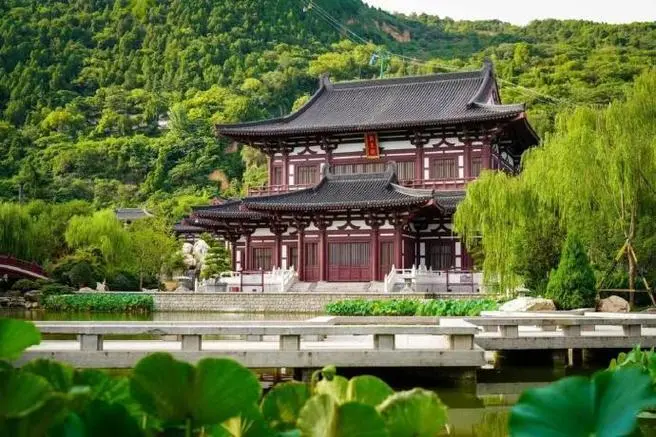
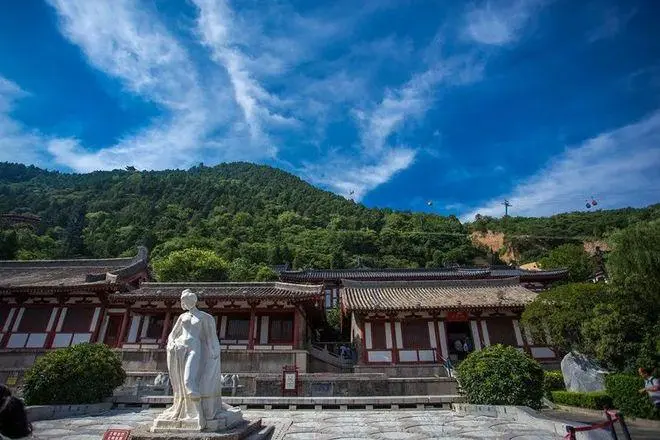
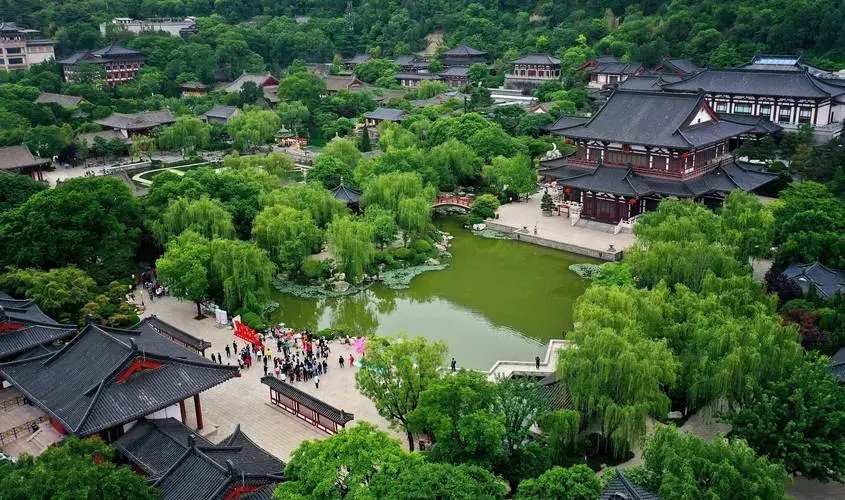
Overall, Xi'an is a city with a rich history, vibrant culture, and a promising future. It is a must-visit destination for anyone interested in exploring China's ancient history and modern development.

